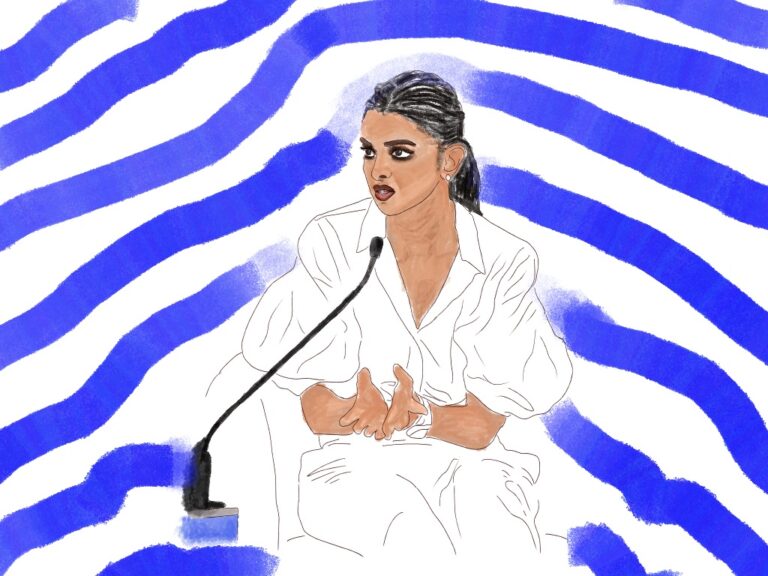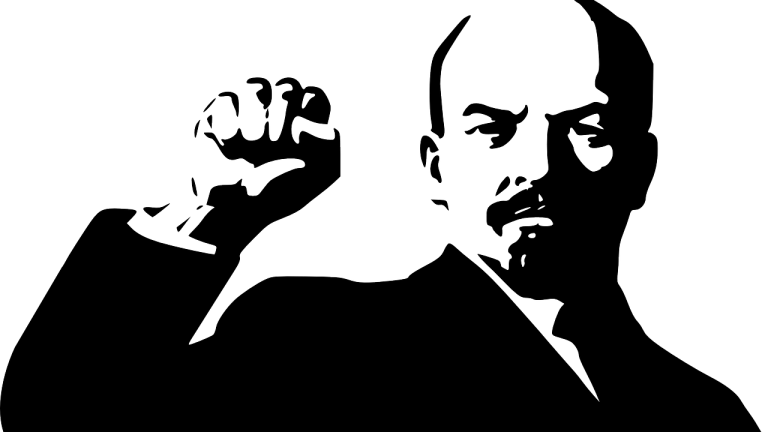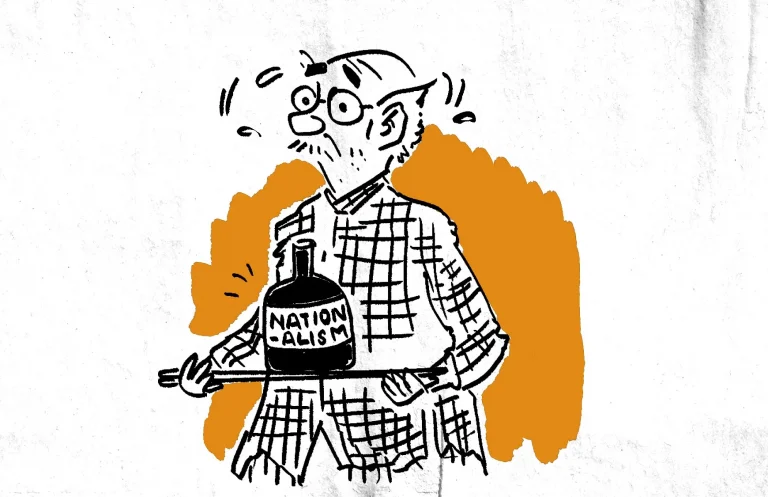What Camus taught us about “The Plague”
Akhilesh Singh is currently a student at University of Allahabad doing MA from English literature. His interest lies in area of film study and film criticism.
COVID-19 is going to remain in our memories in the years to come. News reports I see lately are filled with discussion on the growing number of corona affected patients. It’s been more than two months now when the virus hit the Indian coast in February; thousands of cases have been confirmed since then, and numbers still counting. Government officials have no clue as to how long this will take to get back to a normal life. The way things are happening, it appears as though we might even have no future till the time corona decides to leave us in peace. We are continually being exposed to a threat that’s been hanging around our neck, and every day it’s becoming a little more intimidating as the subject of death allure us now more than anything else.
My search began over a year ago with this strange fascination for death as a way to cope with the problem of our short existence in this infinite space and time fabric of life on earth. Ever since, I have been reading plenty of online material available on the Internet. There I learned a great deal about popular philosophical trends, mainly existentialism and stoicism. I explored both of these philosophies to a large extent, roughly because they deal with matters that started my quest in the first place. But it wasn’t until recently, when the news about pandemic broke out, that a topic often overlooked, all of a sudden seemed relevant so much so that I was compelled to relate these philosophies with the present scheme of things.
To my knowledge, Existentialism comes closest to contemplate the matters pertaining to death. One day, not long ago, as I was looking for a book, I found out about one called The Plague by French writer and philosopher Albert Camus originally published in post-war (1947) France. My first reaction after seeing the title of the book was “Eureka.” Reasons for which, I think, are obvious, especially at a time like this.
Camus’ inspiration for the novel is associated with the early plague experienced by the city almost a century ago in 1849. Throughout history, there has been a constant attack of plagues, first recorded in the capital of the Byzantine Empire to 1920 Spanish Flu. I discovered that Camus did extensive research on the history of the plague before he sat down to write this novel.
The story, set sometime in the early 1940s, chronicles fictively the measures taken in the city of Oran, French-Algeria, during an outbreak of a deadly disease that Initiated in animals, namely rats, and was later passed on to humans. The novel is also considered a strong voice in favor of French resistance against the Third Reich.
The novel’s prologue reads: “It is reasonable to represent one kind of imprisonment by another, as it is to represent anything that really exists by that which exists not.”
A quote by Daniel Defoe that sort of sets the tone of the novel while keeping it intact as the course of the novel runs deeper. Camus’ narrator, a model of the author himself, Dr. Rieux tells us: Our citizens work hard, but solely with the object of getting rich. Their chief interest is in commerce, and their chief aim in life is, as they call it, ‘doing business.’
We can see in the above description the veil of ignorance that is often evident for individuals working under a capitalist system. No one in the town was prepared for what was to follow in just a few days after the revelation about the mysterious death of rats. Rieux was the first to acknowledge a sense of creeping danger that he thought could affect the people coming in its contact.
In Camus’ story, as soon as the arrival of a plague is confirmed, the gates of the city are shut everywhere, offices closed, flights canceled, streets empty, and so on. People who didn’t belong here were forced to stay inside their rented apartments until the next warning. Chaos sweeps among the general populace since the quarantine meant they wouldn’t be able to actively participate in their usual training, a condition which they never had to face before. Rambert, a journalist, is stranded here who makes several arrangements to escape before finally deciding to help fight the plague.
Rambert’s quick change of heart may seem like a deliberate attempt on author’s part to do poetic justice to the horrors of the plague, but it is done purposefully to make a point about overcoming a bizarre situation such as ours where we will have to hatch a perfectly worked out plan. Rieux’s blatant remark in the latter half of the novel offers us an antidote to the problem posed by the pestilence:
“There is no question of heroism in all this. It’s a matter of common decency. That’s an idea which may make some people smile, but the only means of fighting a plague is common decency.”
And when asked about what decency means here, Dr. Rieux responds, ‘ In general, I can’t say, but in my case, I know that it consists in doing my job.’
Camus was an atheist like most of the 20th-century Existential philosophers supposedly were, who famously compared human life to that of a mythical man rolling the boulder up the mountain only to see it roll down for eternity. Over the years, he grew tired and skeptical about glorious ideals of superhumanity, heroism, or sainthood, which had failed to make any difference. Perhaps this is why in The Plague, the capacity of ordinary people to do extraordinary things is lauded. Dr. Rieux is portrayed as a Christ-like figure, ready to save the human race that is dying of a deadly disease. Earlier in the novel, he had a choice to leave the city and unite with his wife, currently a visitor in a different city, but he insists on staying with his team and doing what his duty as a doctor demands from him.
In one of the major scenes of the novel Father Paneloux, a Jesuit priest, explains the death of an innocent child as the test of Christian faith. This incident reveals the fragile nature of human life that amidst all the difficulties, we do not cease to live because there is no alternative as such.
To go back to the prologue that I quoted earlier, Camus brings it into context by putting forward the notion that what is not said here in The Plague becomes far more important than what is being said. The book brilliantly captures the tiny details of the quarantined city so that the reader gets a true picture of how people live in such a critical time. “What we learn in the midst of plagues,” says one character, “there are more things to admire in men than to despise.” In the end, the city recovers from the shackles of the plague, and the whole town gathers to celebrate the occasion. But the narrator knows better; he warns the reader in the concluding lines of the novel that pestilence like this never lie dormant, that, “ it would rouse up its rats again and send them forth to die in a happy city.”
At the heart of Camus’ novel lies the idea that in a war with the plague, we all have to come together if we hope to defeat it. Camus’ work has proved to be timeless. We are witnessing what he envisaged more than seven decades ago. It’s about time that we start taking him seriously.
Featured Image Credits: Wikimedia









A very well written piece of work.
Thanks rarebird